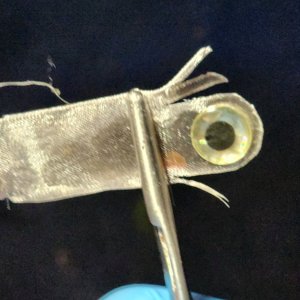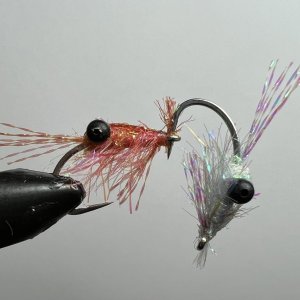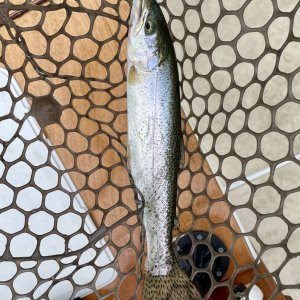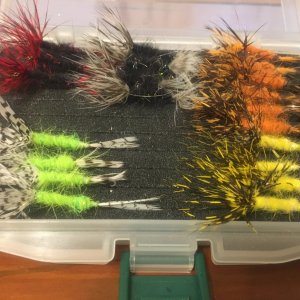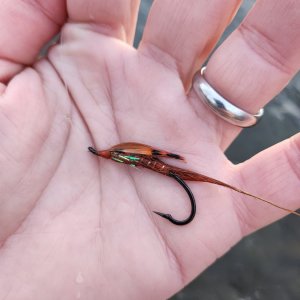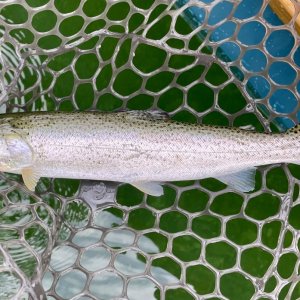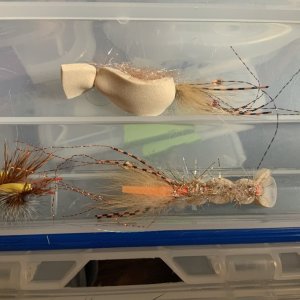Bulldollyhuman
Smolt
I have a 3wt 10-foot nymphing rod and wf 4wt line works fine on this rod.
And have a 6wt 11-foot switch rod and people says wf 8wt line would be nice for this rod.
Two-handed system is relatively OK since I can estimate the combinations from the grain window of rod and gr/feet of the sink tip and shooting head.
Why are rod makers using this weight system? It's confusing actually
And have a 6wt 11-foot switch rod and people says wf 8wt line would be nice for this rod.
Two-handed system is relatively OK since I can estimate the combinations from the grain window of rod and gr/feet of the sink tip and shooting head.
Why are rod makers using this weight system? It's confusing actually

